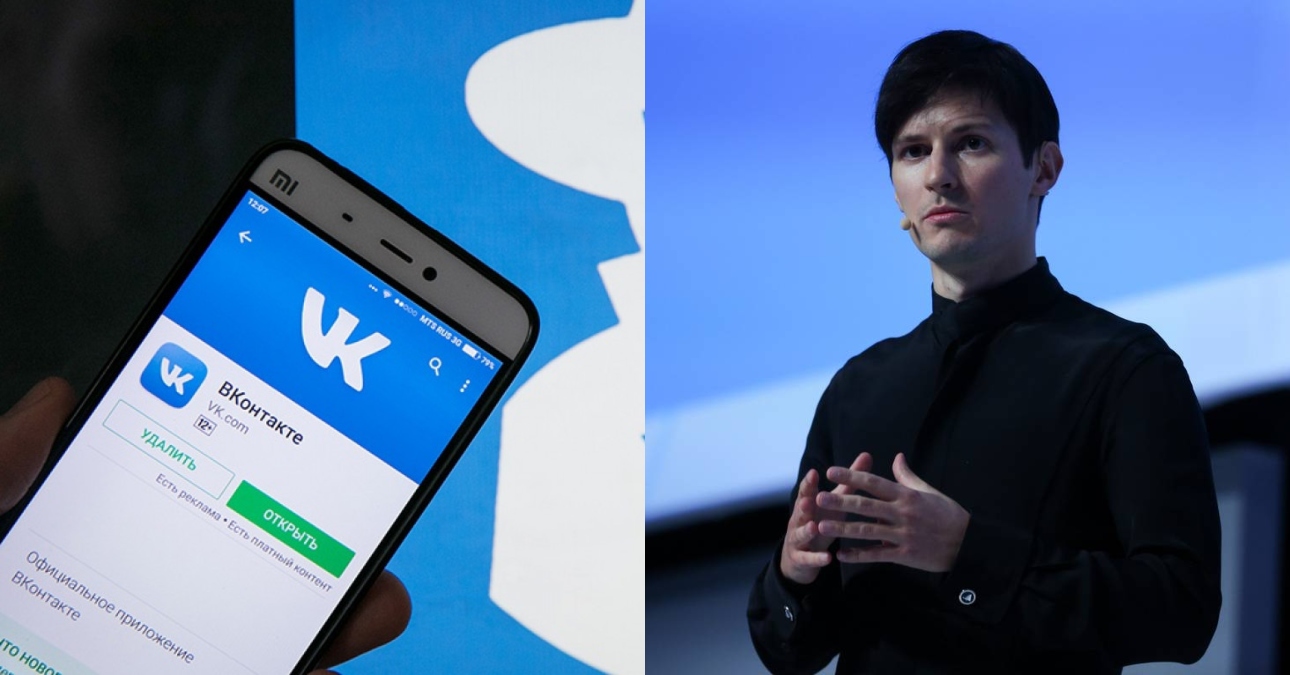
Why Telegram Is Worth Ksh 3.8 Trillion And Has Only 30 Employees All Working From Home, No Office And HR
- Published By The Statesman For The Statesman Digital
- 2 hours ago
Telegram, the global messaging app, is rewriting the rulebook on how to scale a technology business. Despite being valued at nearly $30 billion (Ksh 3.8 trillion) and boasting hundreds of millions of users, the company operates with a famously lean setup.
Its secret? A radical approach to efficiency, automation, and trust, led by founder Pavel Durov.
Telegram achieves massive global reach with an unbelievably small team. The firm runs on a model of extreme efficiency that shuns traditional corporate structures.
This structure proves that monumental scale does not require an equally massive overhead.
“Massive impact doesn’t always require massive teams, just sharp systems and sharper vision.”
Founder Pavel Durov, known for his previous work on the Russian social network VKontakte, built Telegram on principles of streamlined operations and high autonomy.
Durov’s philosophy relies on trusting a small team of elite specialists and automating everything else. The emphasis is on deep technical skills over managerial hierarchy.

This lean approach is primarily enabled by Automation as the platform relies heavily on advanced coding and smart systems to manage scaling, maintenance, and basic user issues.
Extreme trust as each of the 30 employees is highly skilled and given considerable responsibility, eliminating the need for layers of middle management and bureaucratic oversight, and remote focus because operating without a central office cuts significant costs and time associated with real estate, commute, and internal meetings.
The lack of an HR department or multiple office locations is not an oversight, it is a conscious design choice. In the traditional tech world, growth often means adding layers of bureaucracy that slow down decision-making.
Read Also: Tecno Unveils World’s Slimmest Smartphone, Spark Slim in Kenya
Telegram has deliberately avoided this corporate bloat to remain agile and fast-moving. This allows them to focus resources almost entirely on technical development and server infrastructure.
Durov’s model suggests that most large companies are burdened by unnecessary process and personnel. For a high-tech platform, efficiency is arguably the most valuable asset.
Share on
Tags
SHARE YOUR COMMENT
MORE STORIES FOR YOU
Trending Stories
DJ Mo’s former illicit lo...
- Published By Jane
- January 15, 2024
Mapenzi! Zari and Tanasha...
- Published By Jane
- October 24, 2023
Zuchu Speaks on Diamond P...
- Published By Jane
- October 12, 2023
Hio Ni Upumbavu Wasituche...
- Published By Jane
- November 8, 2023
RECOMMENDED FOR YOU
How People are Using AI t...
- Published By The
- October 29, 2025
How Raila Odinga’s Death...
- Published By The
- October 29, 2025
What is Ayurveda? Raila O...
- Published By The
- October 29, 2025
Why Parents Should Spend...
- Published By The
- October 29, 2025
Latest Stories
Homabay: Middle Aged Woma...
- Published By Jedida
- November 11, 2025
Dj MO Mourns The Death Of...
- Published By Jedida
- November 11, 2025
Betty Bayo's Body Moved T...
- Published By Jedida
- November 11, 2025
Betty Bayo's Death: Under...
- Published By The
- November 11, 2025



